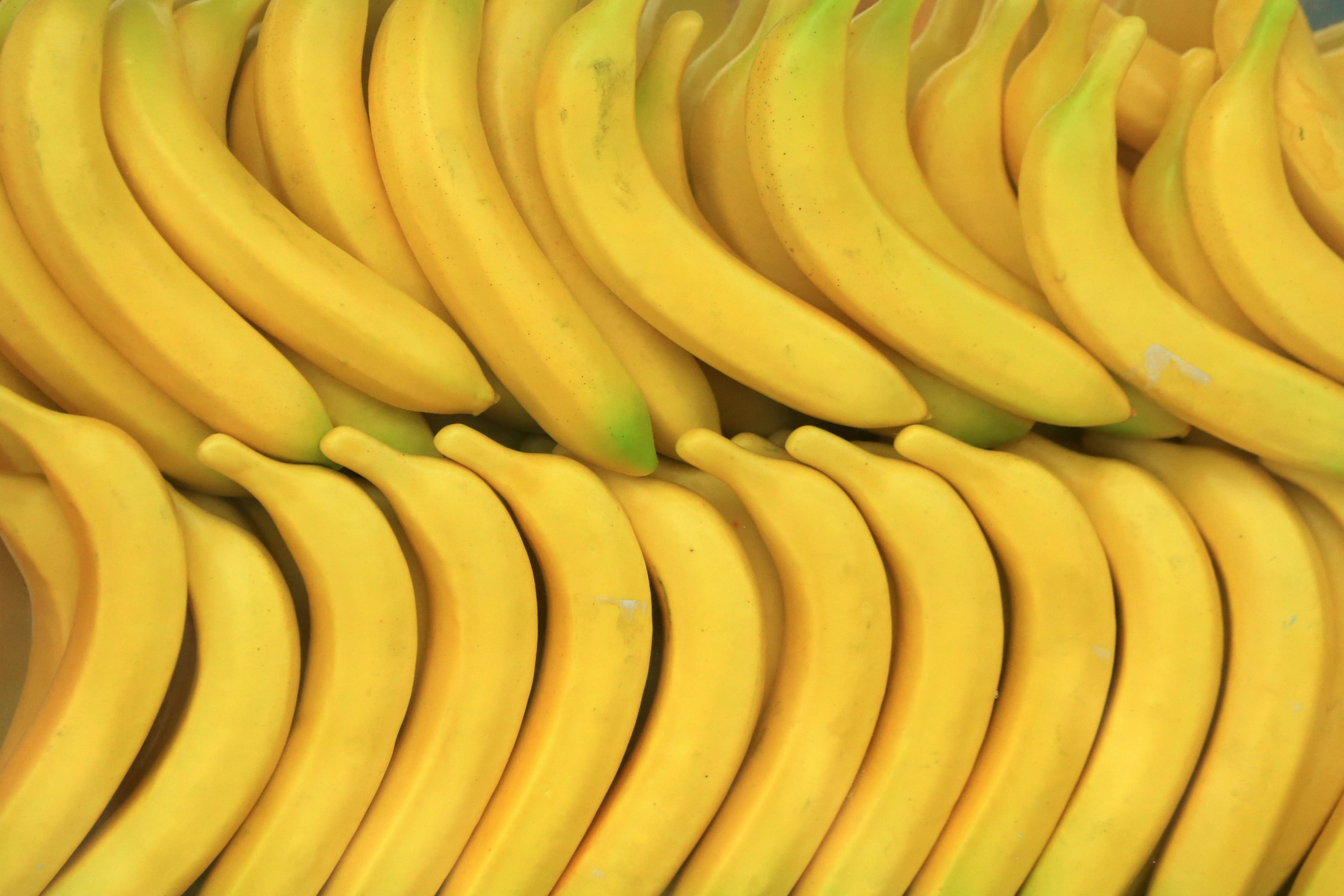Smart Ways to Convert Binary to Decimal for 2025
Understanding how to convert binary to decimal is not just a fundamental concept in computer science; it's essential for digital electronics and software development. The binary number system, using only zeroes and ones, is the backbone of modern computing. Each binary digit (bit) corresponds to a power of two, making binary arithmetic different from the decimal number system most people are familiar with. In this article, you will discover proven methods for converting binary to decimal effectively, which is crucial for anyone working with binary coding or looking to enhance their understanding of the binary representation.
We will explore various binary conversion techniques, including binary to decimal algorithms and tutorial steps, ensuring a comprehensive grasp of the concepts. This roadmap will address practical applications of binary and decimal systems, as well as tools available for these conversions. By the end of this article, you will have a clear understanding of binary counting, binary math principles, and the importance of mastering these conversions. Let’s dive into the details!
Understanding the Binary and Decimal Number Systems
Building on the fundamentals, it's essential to understand both the binary and decimal number systems. The binary system operates on base 2, using only the digits 0 and 1. In contrast, the decimal system is based on 10, incorporating digits from 0 to 9. This core difference underpins the conversion methods used in binary to decimal transitions.
The Basics of Binary Representation
Binary representation consists of bits, where each bit signifies a power of 2. For instance, the binary number 1011 corresponds to the decimal value of 11 (1x23 + 0x22 + 1x21 + 1x20). Understanding this concept is crucial for converting binary numbers accurately.
Principles of the Decimal System
The decimal system builds upon powers of 10 and is more intuitive for everyday calculations. Each position in a decimal number represents a power of 10, making it easier to perform arithmetic operations. Knowing these characteristics helps in grasping how to transition from binary to decimal.
Binary vs. Decimal: Key Differences
Several key differences exist between binary and decimal systems. These differences influence how numbers are calculated, processed, and represented in computing. For instance, while binary calculations are often more complicated for humans, they are simpler for machines, as they directly correspond to digital circuits. Understanding these nuances can enhance your ability to apply binary arithmetic efficiently.
Step-by-Step Guide to Convert Binary to Decimal
With the basics firmly established, let’s delve into the actual conversion process. This step-by-step guide will outline how to go from binary to decimal using various methods, ensuring you have practical techniques up your sleeve.
Step 1: Identify Binary Digits
The first step in converting binary to decimal is identifying each bit in the binary number. For example, in the binary number 1101, the digits are 1, 1, 0, and 1. Each digit's position will determine its value in the decimal system.
Step 2: Apply the Binary to Decimal Formula
Utilize the binary to decimal formula, which sums the products of each bit multiplied by its corresponding power of two. For the binary number 1101, the calculation is as follows: 1x23 + 1x22 + 0x21 + 1x20 = 8 + 4 + 0 + 1 = 13.
Step 3: Utilize Tools for Conversion
If you find manual calculations daunting, consider using a binary calculator or software designed for binary conversion. Many online resources and applications can streamline this process, making conversions quicker and more accurate. Familiarity with these tools can significantly benefit anyone working with binary representations.
Common Mistakes in Binary to Decimal Conversions
One common error during conversions is miscalculating the power of 2. Careful attention to each digit's position is vital to avoid mistakes. Additionally, forgetting to sum all components can lead to incorrect decimal equivalents. Practice with binary number examples can help mitigate these errors.
Binary Conversion Methods: Techniques and Applications
Connected to the previous steps, it's beneficial to explore various binary conversion methods and their applications. Different techniques can cater to diverse needs, from beginner learners to advanced programming contexts.
Using Binary Charts for Conversion
Binary to decimal charts are invaluable tools, especially for beginners. These visual aids provide quick reference points for converting binary numbers into their decimal equivalents. Utilizing these charts can simplify the learning process and enhance memory retention.
Binary Representation in Programming
In programming, understanding binary coding is essential. Many programming languages offer built-in functions for converting binary to decimal. Familiarizing yourself with these functions can streamline your coding process, facilitating efficient binary arithmetic operations.
Applications in Digital Electronics
Binary and decimal conversion plays a critical role in digital electronics. Understanding these conversions aids in designing circuits and optimizing data processing systems. The significance of binary arithmetic in hardware design cannot be overstated, as it directly affects performance and efficiency.
Teaching Binary Conversion to Beginners
When teaching binary conversion, stress the importance of practical exercises. Step-by-step tutorials and hands-on activities can greatly improve understanding. Use everyday examples to illustrate conversions, making the concept relatable and easier to grasp.
Conclusion: Mastering Binary to Decimal Conversion
In conclusion, mastering binary to decimal conversion is essential for anyone involved in computing or digital technology. By understanding the differences between binary and decimal systems, employing effective conversion techniques, and utilizing available tools, you can enhance your skills in this critical area.
The significance of binary in computing extends beyond simple calculations; it influences programming, digital circuitry, and data processing. By continuing to explore and practice binary arithmetic, you'll develop a strong foundation in digital technology that will serve you well into 2025 and beyond.
